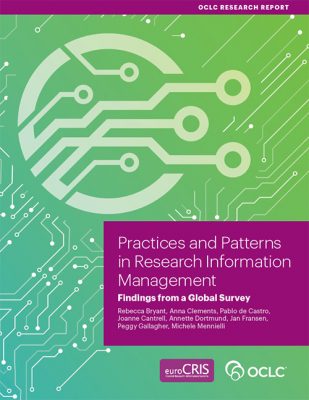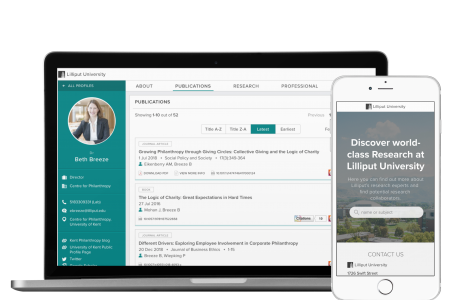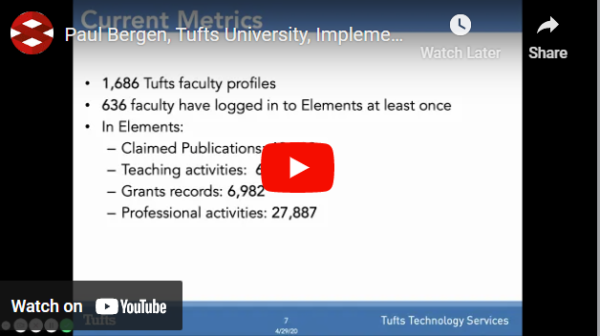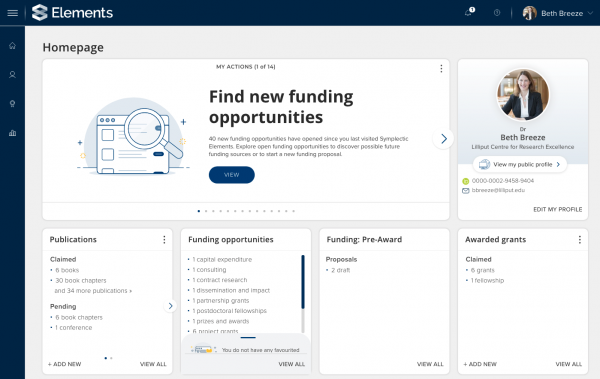Research Management using the Elements Platform
The development of robust research management workflows is a challenge for institutions looking to streamline their processes and promote innovation. Add to that government mandates and disparate internal systems and the process becomes daunting at best.
At Symplectic, we understand the importance of bringing efficiencies to your institution’s research management workflows and the advantage of consolidating your data to a centralised platform. The Elements Platform supports institutions in their efforts to streamline the research management process and lessen the administrative burden from your researchers, faculty and staff.






